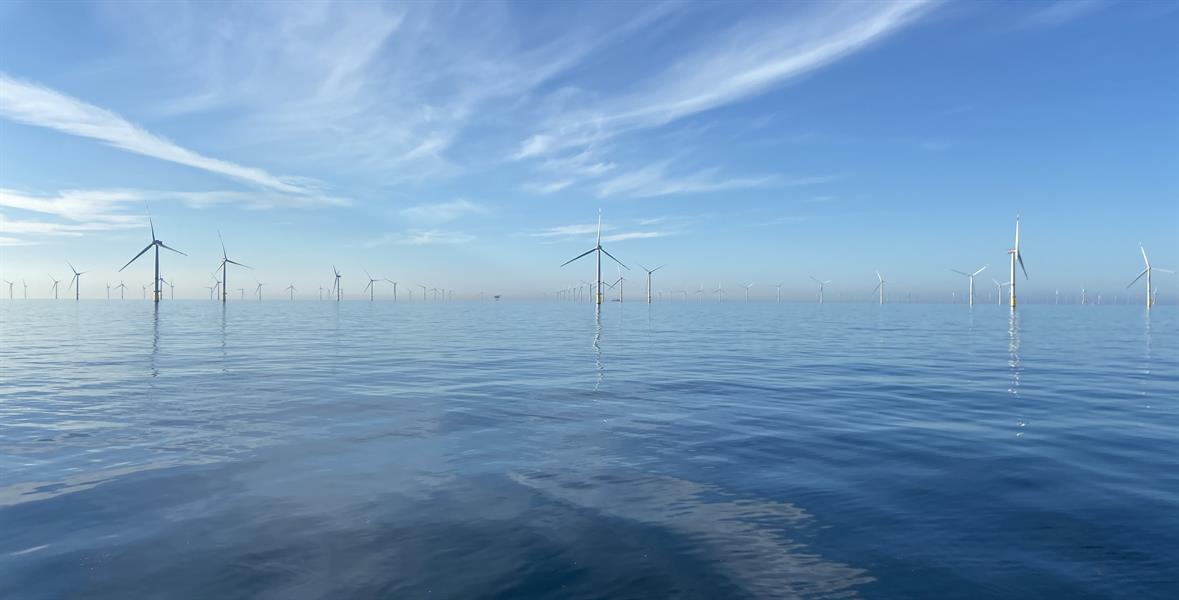The Netherlands – The Ministry of Economic Affairs and Climate Policy in the Netherlands commissioned Fugro to assess whether areas of the North Sea could be used for both offshore wind farm (OWF) development and carbon capture and storage (CCS) solutions at the same time.
Fugro determined that while both OWF and CCS projects can coexist, there are four key recommendations that must be followed to ensure the safety of future projects based on an evaluation of current practice.
These are the key recommendations:
- The creation of a three-dimensional (3D) characterisation model for geological sites. A model of this type can be used to predict the likelihood of an earthquake occurring directly beneath a wind farm.
- Monitoring of CO2 liquid injection to better understand the effects on earth pressure.
- Installation of a seismic monitoring system to monitor the site’s actual seismicity.
- Implementation of a traffic light system in conjunction with 3. This traffic light system is a seismic risk management system that allows activities to be stopped in advance, for example.
Dutch climate goals
The North Sea will be crucial in the energy transition. Offshore wind and carbon capture and storage are both critical technologies for the Netherlands to meet its climate goals. The Dutch government’s current ambitions include two CCS projects (Porthos and Aramis), as well as 21 GW of electricity generated by offshore wind farms by 2030. This study provides valuable insight into the compatibility of these activities and the conditions under which they can coexist safely in close proximity to one another.
The findings of this study will be used to guide future overlapping CCS and OWF developments and to inform regulatory decisions.





